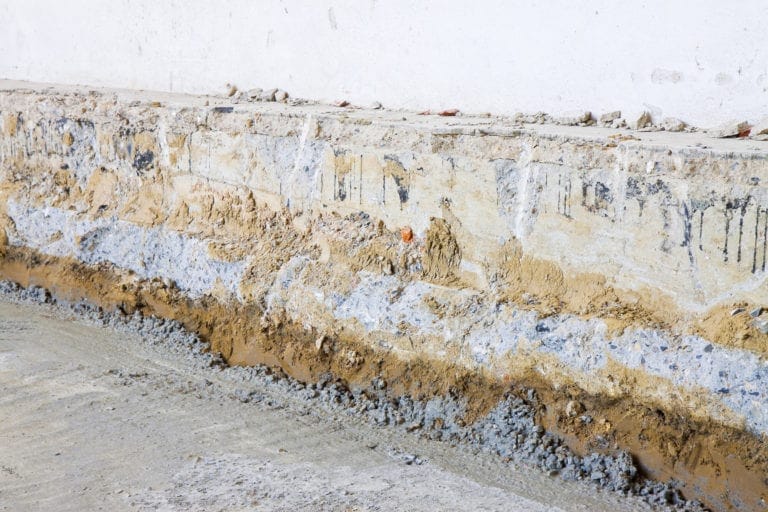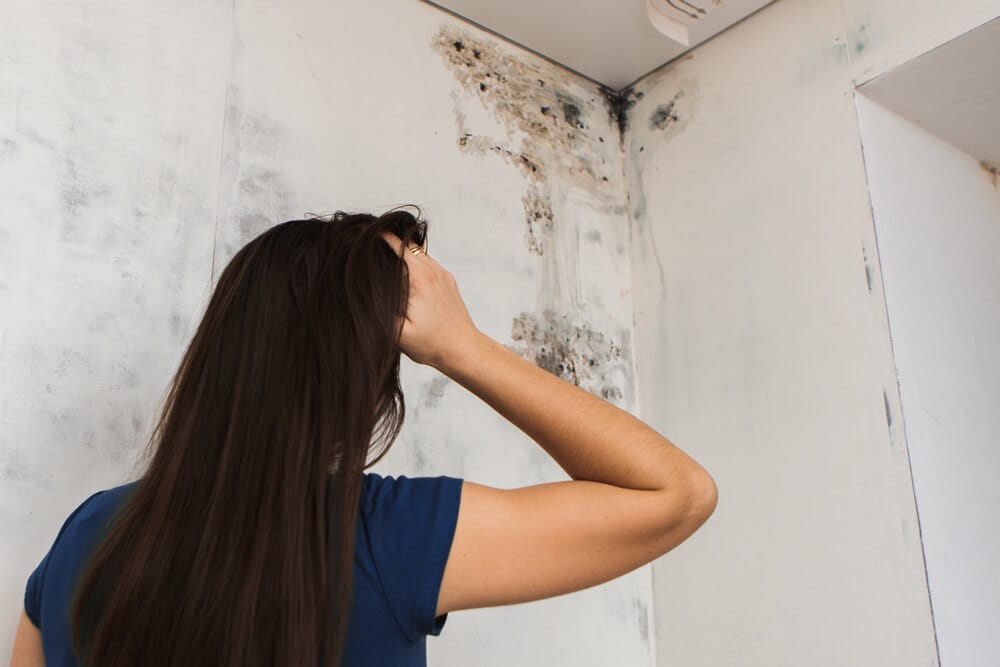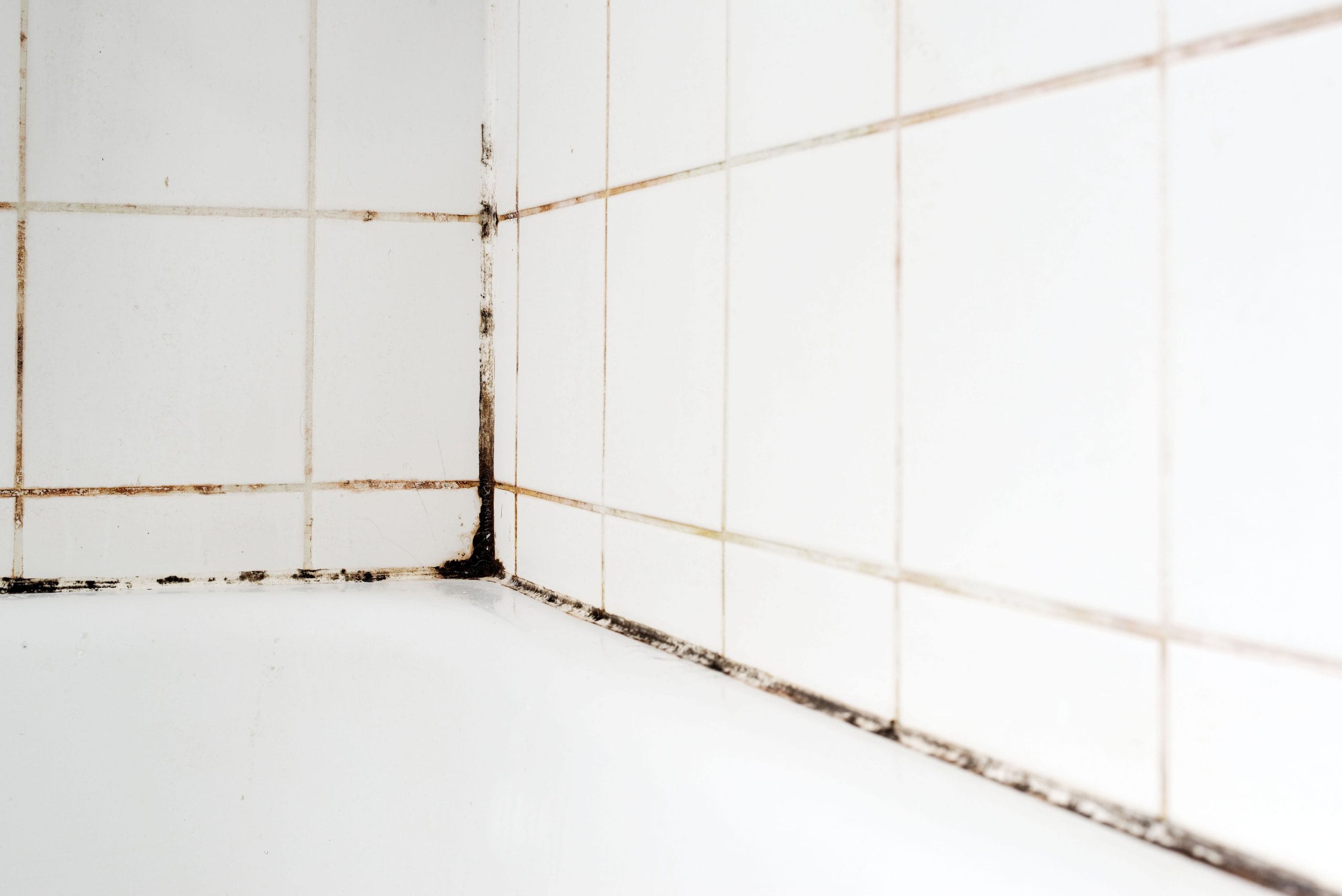Mold and how it affects people
Did you know that 156,979 Americans pass away each year as a result of respiratory illness? This is only the worst-case scenario, of course, and its unlikely to happen to you. However, having mold around your home does increase the chances of developing painful lung issues that impact every aspect of your day-to-day life.
Luckily, learning about the different types of mold and understanding how to eliminate them can drastically reduce your risk of respiratory problems. Here, were going to give you a run-down on the common house mold types that you might find in your space. Read on to become well-informed on how you can eliminate this mold once and for all.
Causes and Effects of Mold
Mold is caused by a plethora of underlying problems. The most common is by far water damage. Mold thrives in dark, damp areas, and when you allow water or precipitation to build up in your basement/crawlspace/bathroom cabinets, its going to settle and flourish. While this isnt your fault, it can cause detrimental effects for you and your family.
Some of the short-term problems mold causes include:
- Trouble breathing
- Coughing and wheezing
- Coldlike symptoms (stuffy nose, scratchy throat, etc)
- Skin rash
There are also more serious long-term impacts:
- Memory loss, trouble concentrating, and serious confusion
- Mental health issues like depression and anxiety
- Muscle cramps
- Numbness
- Weight gain
- Sensitivity to light
The Most Common Different Types of Mold
To avoid these serious impacts, its important that you understand some of the common types of mold that may lurk in your home. You can deal with any of them by contacting a mold remediation company, but its helpful to know about mold types so you can best identify your issue. All house mold is bad, but some of it can cause more severe impacts than others can.
Alternaria
Alternaria is the most common type of household mold out there. It also is sometimes referred to as bathroom mold since it grows in areas where dampness occurs. The most common areas include bathtubs and showers as well as below leaking sinks.
This mold is fuzzy-looking and is brown or dark green. It causes few long-term impacts but can cause asthma-like symptoms like coughing and wheezing. The main issue with Alternaria is that it spreads quickly and can take over your entire home when left unchecked.
Mucor
Mucor is another allergenic mold type thats white or gray in color. It thrives in areas where theres condensation-like moisture. This makes air ducts and HVAC systems a prime location where this mold can thrive.
Did you know? Mucor causes much more severe impacts than Alternaria does. It can cause difficulty breathing, fever, malaise, and even asthma in some cases.
Some people who are exposed to Mucor for a long time will also develop a sinus-affecting fungal infection called Mucormycosis. This can cause blood and digestive problems in addition to respiratory ones. Its important that you have it removed immediately to protect your lungs, heart, and brain.
Black Mold
Black mold, also called Stachybotrys, is one of the most infamous house mold varieties out there. Its either black or an extremely dark green and has a slimy texture.
Because it grows in damp areas that have been humid for weeks, its often found in basements and crawl spaces. It also commonly grows on wood, cardboard, and paper in dark areas around the home.
Black mold is also called toxic mold because it releases mycotoxins that lead to severe health risks for those who inhale it. Those who are expose will feel burning sensations in their airways, chest tightening, severe cough, fever, nosebleeds, neurological issues, mental illness, pulmonary bleeding, and fatigue.
Acremonium
Like black mold, acremonium is highly toxic. It grows in household appliances with high levels of condensation such as humidifiers and drain pans. The color of this mold is distinct in that its light-hued- it commonly appears as pink, orange, or white mold.
When allowed to flourish, acremonium leads to problems with your immune system and bone marrow. It also can impair brain function because its a carcinogen.
Removing Mold From Your Home
Many people who realize that they have a common type of mold in their home try to remove it themselves. DIY mold remediation is a terrible idea because it requires you to get up close and personal with the mold. You wont have the right hazmat gear to stop yourself from inhaling harmful spores in close proximity. In addition to being unhealthy as you clean it, DIY mold removal is also ineffective. Youre going to miss some of it since you dont have access to professional cleaners.
Those who realize that they have house mold need to call a professional mold removal expert ASAP. We have the skills, tools, and experience necessary for getting rid of mold for good. Once were done making your home as safe as can be, you wont need to worry about mold spores settling in other areas of the space. There wont be any left. If youre worried about paying for mold removal services, dont fret. The elimination of most types of mold is considered to be a health issue. Removing it is considered to be treatment.
Your insurance will pay for the majority of removal in most cases. Talk to one of our experts about how this will work under your specific insurance plan.
Create a Safer Space Today
Now, you know the different types of mold that lurk in your house and how to eliminate them. That means its time to start eliminating harmful mold.
Contact us to discuss the professional mold removal services that we offer. Were happy to answer any questions that you have and to set up a time to remediate your problem ASAP. Were committed to ensuring that your heart and lungs are safe, so we look forward to cleaning up your home.
Water and Mold Reporting
Find more information on the reporting requirements in each State, when water or mold damage occurs at your property. Get more details on property disclosure reports, and where to find them.



